
Bozeman is a city and the county seat of Gallatin County, Montana, United States. Located in southwest Montana, the 2020 census put Bozeman's population at 53,293 making it the fourth-largest city in Montana. It is the principal city of the Bozeman, Montana, Micropolitan Statistical Area, consisting of all of Gallatin County with a population of 118,960. It is the largest micropolitan statistical area in Montana, the fastest growing micropolitan statistical area in the United States in 2018, 2019 and 2020, as well as the second-largest of all Montana's statistical areas.

John Merin Bozeman was a pioneer and frontiersman in the American West who helped establish the Bozeman Trail through Wyoming Territory into the gold fields of southwestern Montana Territory in the early 1860s. He helped found the city of Bozeman, Montana, in 1864, which is named for him.

Edmund Burke Fairfield was an American minister, educator and politician from the U.S. state of Michigan. He served as the 12th lieutenant governor of Michigan and as the second Chancellor of the University of Nebraska.

George Foster Pierce (1811–1884) was an American bishop of the Methodist Episcopal Church, South who served as the first president of Wesleyan College and was also president of Emory University.
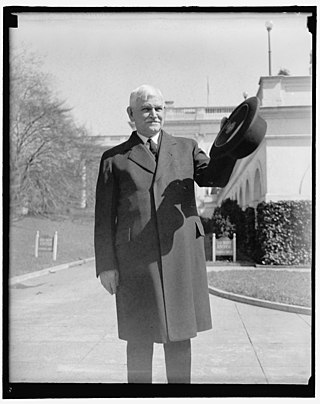
Edwin Holt Hughes was an American bishop of the Methodist Episcopal Church, elected in 1908.
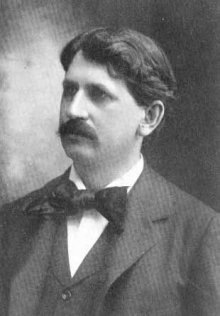
Frank Wakeley Gunsaulus was a noted preacher, educator, pastor, author and humanitarian. Famous for his "Million Dollar Sermon" which led Philip Danforth Armour to donate money to found Armour Institute of Technology where Gunsaulus served as president for its first 27 years. Gunsaulus lived in Chicago for 34 years where he was pastor of Plymouth Church (1887–99) and Central Church from 1899 until two years before his death. He was a prominent figure in Chicago's social, educational, and civic improvements. In 1893, he was named first president of Armour Institute of Technology. His extraordinary energy, masterful oratory skills, and intellectual talents influenced the city's spiritual, educational, cultural, and civic development for decades.

James R. Reid was a Canadian American who was a Presbyterian minister. He served as the second president of Montana State University from 1894 to 1904.

Olive May Winchester (1879–1947) was an American ordained minister and a pioneer biblical scholar and theologian in the Church of the Nazarene, who was in 1912 the first woman ordained by any trinitarian Christian denomination in the United Kingdom, the first woman admitted into and graduated from the Bachelor of Divinity course at the University of Glasgow, and the first woman to complete a Doctor of Theology degree from the divinity school of Drew University.
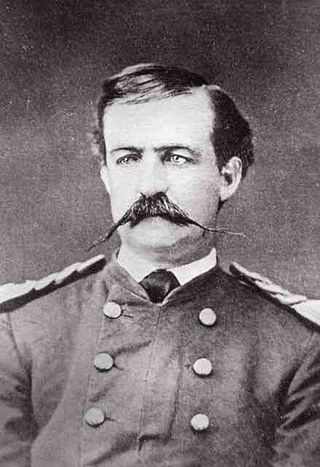
Gustavus Cheyney Doane was a U.S. Army Cavalry Captain, explorer, inventor and Civil War soldier who played a prominent role in the exploration of Yellowstone as a member of the Washburn–Langford–Doane Expedition. Doane was a participant in the Marias Massacre of approximately 200 Piegan Blackfeet people.

Roland R. Renne, an Agricultural Economics Professor, served as President of Montana State College from 1943 to 1964. Dr. Renne was also active in Washington, D.C., and United States overseas agricultural economics work. He was the 1964 Democratic candidate for governor of Montana.

Brevet Brigadier General Lester Sebastion Willson,, was a U.S. Civil War officer in the Union Army, Assistant Quartermaster General of New York, and a Montana merchant and politician in Bozeman, Montana. He was married at Albany, New York, on March 2, 1869, to Miss Emma D. Weeks, a native of Vermont. He died in Bozeman, Montana, on January 26, 1919.
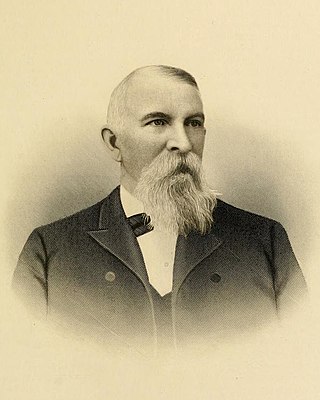
Nelson Story Sr. was a pioneer Montana entrepreneur, cattle rancher, miner and vigilante, who was a notable resident of Bozeman, Montana. He was best known for his 1866 cattle drive from Texas with approximately 1000 head of Texas Longhorns to Montana along the Bozeman Trail—the first major cattle drive from Texas into Montana. His business ventures in Bozeman were so successful that he became the town's first millionaire. In 1893, he played a prominent role in the establishment of the Agricultural College of the State of Montana by donating land and facilities. He built the first Story Mansion on Main Street in Bozeman in 1880 and later built today's Story Mansion at the corner of Willson and College for his son, T. Byron Story in 1910. In his later years, he became a prominent real estate developer in Los Angeles, California.
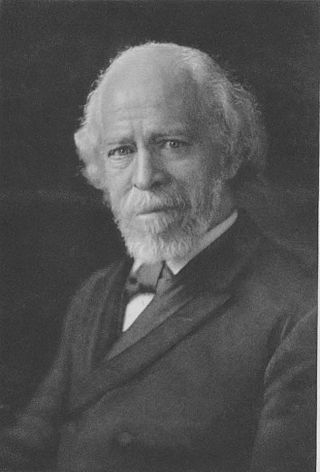
Charles Gordon Ames was an American Unitarian clergyman, editor and lecturer.

James McClellan Hamilton was an American historian and economist who was the third president of Montana State University. He served from 1904 to 1919. A group of historians named Hamilton one of Montana State's four most important presidents in 2011.
Augustus Meader Ryon (1862–1949) was an American mining engineer who served as the founding president of Montana State University. He also has the distinction of having the shortest tenure of any president of the university, only a single year.

Merrill G. Burlingame was a history professor at Montana State University in Bozeman, Montana who specialized in Montana history and the history of the American West. He was instrumental in the founding of the Museum of the Rockies and driving force behind the resurgence of the Montana Historical Society in the 1960s. In his time, he was known as "Mr. Montana History."

Jessie Spaulding Wilber was an American printmaker and educator.

Genevieve "Gennie" DeWeese was a modernist painter and prominent member of the art community in Bozeman, Montana. Gennie and her husband, Robert "Bob" DeWeese were notable for the major role they played in the development of the Montana contemporary arts community.
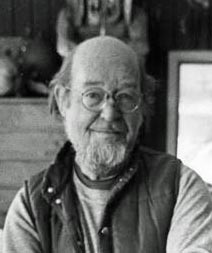
Robert Kennel DeWeese (1920–1990) was a Modernist artist in Montana who taught art at Montana State University and produced his own works with a focus in painting and printmaking.

















